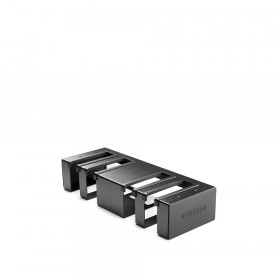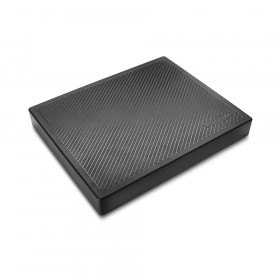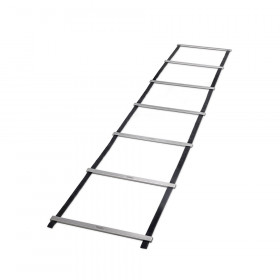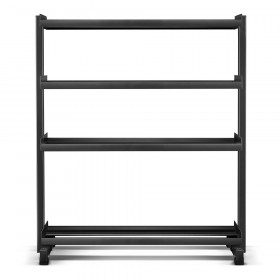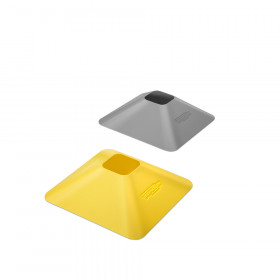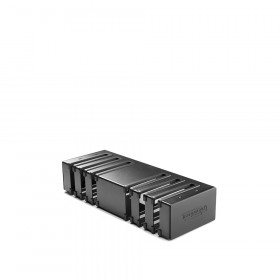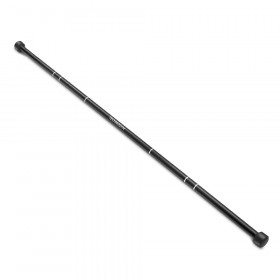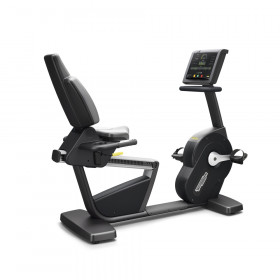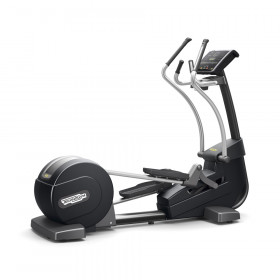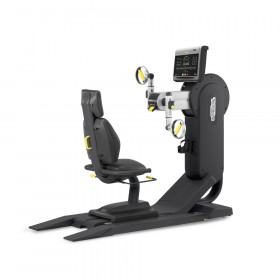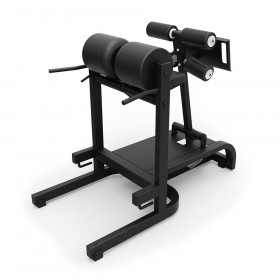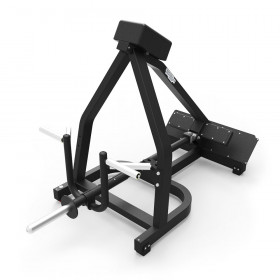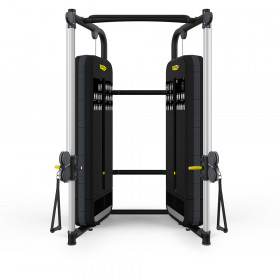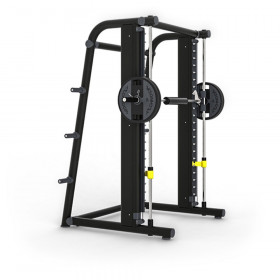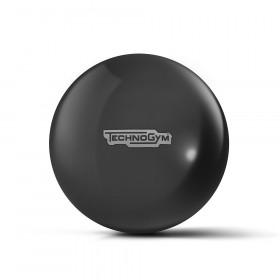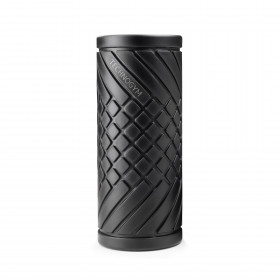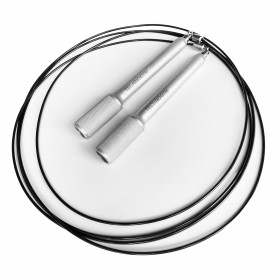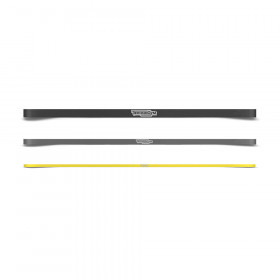Rugby is a fast paced dynamic game to watch and right now the 2015 World Cup is beaming the action into living rooms across the globe. It’s hard not to be drawn into the excitement of watching your nation’s fittest specimens, run with the grace of a cheater, and the force of a rhinoceros, to flatten the defence line and score a try!
As well as being an enthralling spectator sport, rugby is an excellent way to keep fit. It requires strength, endurance and cardiovascular fitness. Rugby is one of the most inclusive sports there is. In addition to the basic 15-aside game played in the World Cup, there are also several other variations of rugby. Hence, this total body workout can be enjoyed by anyone at any age.
For example, Tag and Touch rugby are non-contact versions of the game. Tag rugby involves players grabbing tags attached to the ball carrier's waist and shouting "tag!". It is particularly good for introducing young children to the game. In Touch Rugby, tackles are replaced by touches, which must be below the waist. This version depends on speed and agility, as much as (if not more than) strength.
If you enjoy being active and want to build your fitness and strength then rugby is the game for you. Moreover playing rugby will develop other skills for life such as strategic thinking, sportsmanship and teamwork.
Game basics
A rugby game lasts 80 minutes, with 5 minutes for half-time. The team is made up of 15 players, which are divided into forwards and backs. The forwards are usually the strongest and largest members of the team and are responsible for getting mauls, rucks, and comprising the scrum. The forwards wear numbers 1 through 8 and the backs wear numbers 9 to 15, inclusive.
Forwards can be Props, Locks or Flankers. The number 8 forward is called Eight Man and number 2 the Hooker.
Positions in the backs include Half Backs (Scrum and Fly), Centres (Inside and Outside), Wings (Left and Right) and Full Back.
Rugby has its own terminology for aspects of gameplay. The main ones are:
Scrum
Scrums are the icon of rugby and occur after a minor penalty. They are used to restart the play. Both teams of forwards (8 players from each side) comprise the scrum and try to regain possession of the ball. The players weave themselves together in rows to create a unified mass with a tunnel formed on the ground in between them.
The ball is tossed into the tunnel and the players at the front of the scrum try to gain possession of the ball by hooking it with their legs and kicking it backwards to be retrieved by their teammates. The rest of the players in the scrum push against each other to assist their teammates and hinder the opposition.
Ruck
Rucks occur usually after a tackle when the ball carrier is brought to the ground. A ruck forms as members of each team crowd around the fallen player to attempt to gain control of the ball. Hands are not allowed to get the ball out; only feet. The ball may be picked up when it is out of the ruck.
Maul
A Maul is similar to a Ruck but occurs when the player in possession of the ball is still standing. Members of both teams may join to try to pry the ball out of the hands of the person holding it and bring it back into play. If the ball is held up for a period of time, a scrum is called.
Line Out
This occurs when the ball is either kicked, thrown, or a player is tackled and the ball goes out of bounds (off the perimeter of the pitch). The forwards of each team form a line, one meter apart, facing the point where the ball exited play. The ball is then thrown over-arm back into play by the team who weren’t in possession when the ball went out of play. This normally involves each line of players jumping up to catch the ball and take possession.
Cross training to improve performance
Rugby can be played anywhere there is a group of friends, a flat surface (beach rugby is another popular variation) and a rugby ball. However, if you want to play more formally, you can join a local club.
Whilst the majority of fitness training will occur on the rugby pitch, a specific programme to build muscle strength is an excellent supplement to your rugby training and will improve game fitness and performance.
Rugby involves a lot of core and explosive leg and hip power. Rugby players also need upper body strength to be able to stand their ground or push through when tackled. Even if you are playing a non-contact version of rugby, improvements to muscle strength and endurance will enhance running, kicking and throwing abilities.
For example, squats are a key movement pattern in rugby. They build strength primarily in the legs and hips, but also core strength. Squats are important for developing balance, co-ordination and flexibility. Done properly, squats will help prevent injury as they strengthen the hips, knees and ankles and help them to remain in the correct alignment.
The effectiveness of squats is improved when done with resistance (weights). Squats performed using a loaded bar bell (either held at waist height or on the shoulders) are a great leg building exercise for the experienced weight lifter. However, free weights aren’t always ideal for beginners as there is a greater risk that incorrect form is used to compensate when lifting very heavy weights.
The Pure Strength Leg Press and Linear Leg Press enable the beginner to safely exercise their legs with significant resistance. This is because the user is kept in a stable position by the seat and the weight can be lifted and lowered without sacrificing form.
Italian tight head prop, Martin Castrogiovanni, uses Technogym Pure Strength range of equipment to keep his 119kg physique in peak condition for the Rugby World Cup. Built to the highest standards in biomechanics, ergonomics, durability and safety, Pure Strength is the ideal choice to maximise sport performance. Pure Strength equipment offers the freedom, versatility and challenge of free weights within a safe fixed trajectory. This means that there is less risk of adopting an incorrect form and therefore, less risk of injury.
Even if you are a complete beginner when it comes to strength training, you can safely incorporate power work for all major muscle groups in your rugby training regime using the pure strength range of plate loaded equipment

